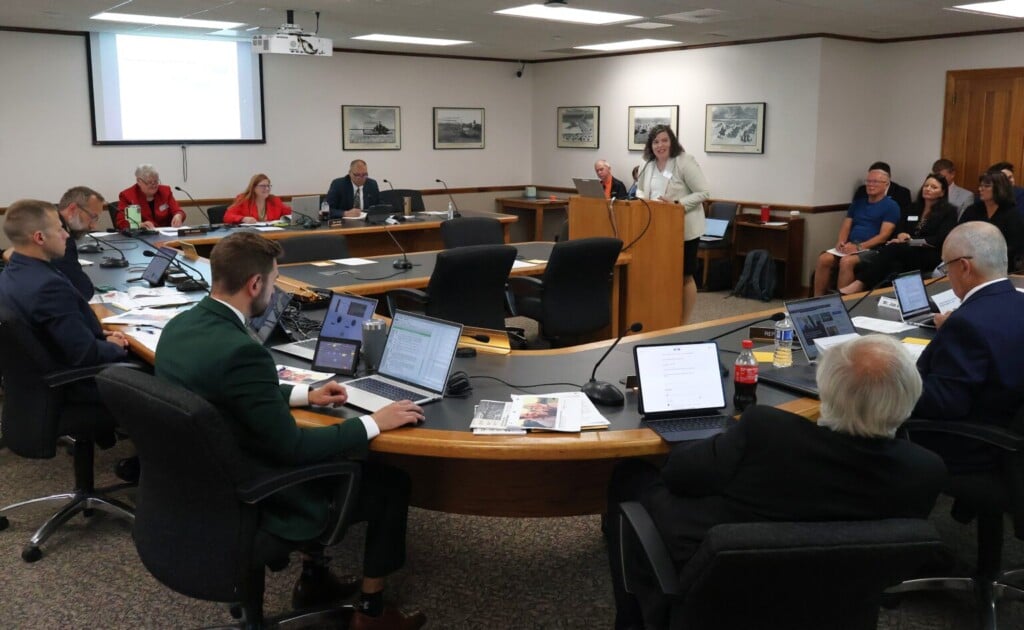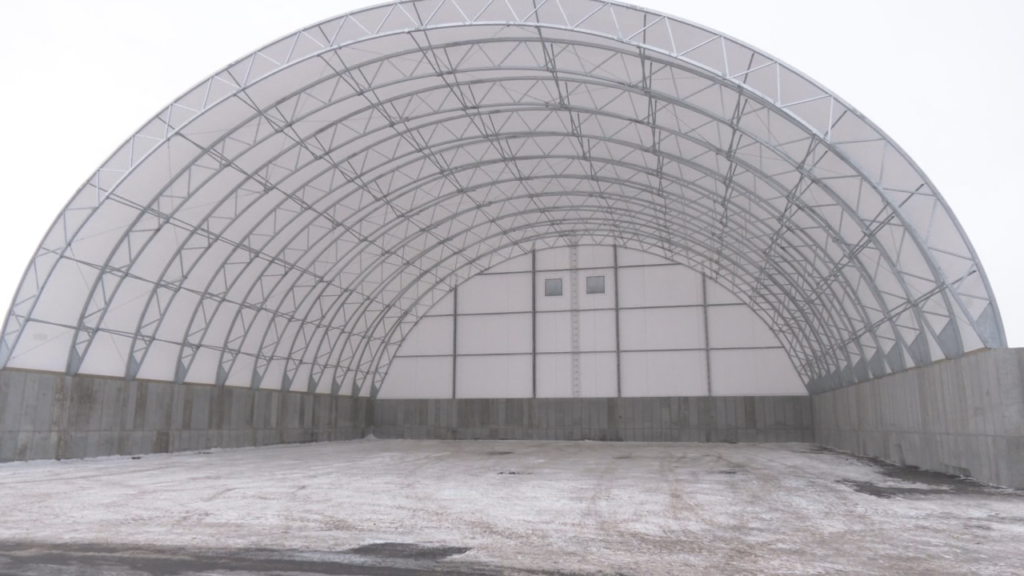States, providers awaiting specifics on Medicaid changes from US Health and Human Services

FARGO, N.D. (North Dakota Monitor/KVRR) — North Dakota health officials, health care providers, and the public are waiting for details on how the state will implement changes to its Medicaid programs, but federal guidance may not be handed out until 2026.
Without that guidance, the North Dakota Department of Health and Human Services and health care providers won’t be able to calculate potential administrative costs forced by the changes, or have a clearer picture on how to implement new processes, said Sarah Aker, executive director of medical services for the state Department of Health and Human Services.
The new requirements will affect about 23,000 of the more than 108,000 Medicaid recipients in the state who are part of the Medicaid expansion program.
Aker said the department knows communicating the changes in the program will be important for patients and providers.
She said the department is planning a public information campaign, but that needs to wait until detailed guidance on the program is released by the U.S. Department of Health and Human Services. Aker added that receiving those specifics before 2026 would be “very optimistic.”
Coverage exemptions, new work requirements, and semiannual eligibility check-ins were part of the federal budget reconciliation package signed into law by President Donald Trump in July that will change the Medicaid program.
“We don’t know exactly how the federal government is going to require us to document that exemption,” Aker said. “Until we know more, we don’t want to speculate about exactly what that will look like.”
The state is hopeful the department will be able to use as much existing reporting infrastructure as possible to make submitting documents less burdensome, she said.
Aker said the department will also try to automate some enrollment processes for efficiency.
Tim Blasl, president of the North Dakota Hospital Association, said he thinks it is too early to determine how the changes will affect Medicaid coverage or attach a dollar amount to the overall cost of the changes.
He said the association is concerned that when people lose health care coverage, they won’t complete annual check-ups or use preventative care services, which could lead to longer-term chronic conditions.
“If you don’t have coverage, that one person, if it’s not detected early, it’s detected later, that becomes chronic, and probably the health care cost goes up because of that,” Blasl said.
He added that increased expense could lead to higher costs across the health care system for all patients.
Blasl said the hospital association will be monitoring the new eligibility and work requirements closely because, if people lose coverage, health care providers could also see an increase in charity care cases and patient medical debt.
“If people lose coverage, they are always going to be able to access health care, but those individuals now become uninsured and then who covers the cost of that service?” Blasl said. “Typically, it’s probably going to turn into bad debt.”
Shannon Bacon, director of external affairs for the Community HealthCare Association of the Dakotas, said rural health care facilities sometimes rely on Medicaid reimbursements to make ends meet.
“Medicaid really helps sustain access to care for other people, too, who maybe aren’t even on Medicaid,” Bacon said. “It makes it possible to sustain a rural health care facility in their community, so that’s something we’re really paying attention to, that sustainability piece.”
One element of the Medicaid program changes that has received a lot of news coverage are the provider tax provisions included the Republican megabill, Aker said.
Provider taxes are a regulated tax arrangement that states can levy on health care organizations, including hospitals and health systems, nursing facilities, and managed care organizations, to pay for their portion of the Medicaid program, according to the American Hospital Association.
However, Aker said those taxes will not affect North Dakota rural hospitals and clinics in the same way as other states because North Dakota does not use that tax as a major funding source. North Dakota uses one provider tax for intermediate care facilities that raises about $32 million per year for the program, which represents less than 1% of the HHS budget.
“We won’t be able to do any new provider taxes, but we’re not in the position where we need to reduce provider taxes and come up with new state funding,” she said.
North Dakota will also receive about $100 million per year for the next five years as part of the $50 billion Rural Health Transformation Program that was included in the new law to offset provider tax losses in other states. Aker said applications for those rural hospital grants are due by the end of the year.
“I really feel that this is going to be pretty transformational for our state,” she said. Aker added grants could be awarded for prevention and management of chronic diseases, investments in medical technology, recruiting and retaining workforce in rural areas, access to behavioral health services and right-sizing community health care systems.
Blasl said he believes rural health care facilities may see a fair amount of that extra funding to offset any potential losses due to the program changes.
“The operating margins in the rural areas are a little lower than what they are in the urban areas,” he said. “That’s a concern because if they are in the red already and now we see less people with coverage, they are going to be more in the red and can they survive? But you could say that for an urban hospital as well.”
Sen. Judy Lee, R-West Fargo, has served on the Senate Human Services Committee since coming into the Legislature in 1995, including serving as chair for the last 24 years.
Lee said there are always unintended consequences when changes are made to programs, which means it’s important to listen to concerns of the affected groups.
Medicaid expansion was a lifeline for rural hospitals that were able to remain open because it paid facilities for care that may not have been originally covered, she said.
Lee said North Dakota has 37 critical access hospitals serving rural areas of the state that could be impacted by even small changes.
She also stressed that people should get more information about how the Medicaid program is run in North Dakota before jumping to conclusions.
“You are always scared of things you don’t know,” Lee said. “We need to just not get all bent out of shape until we find out what it really is. And as I’ve learned a tiny bit more … I have fewer apprehensions about it.”






